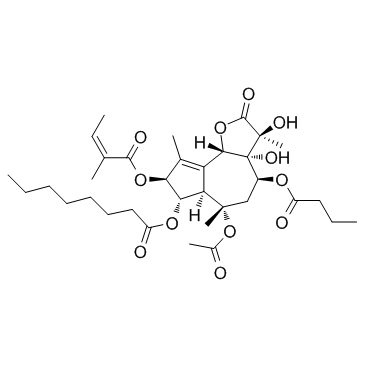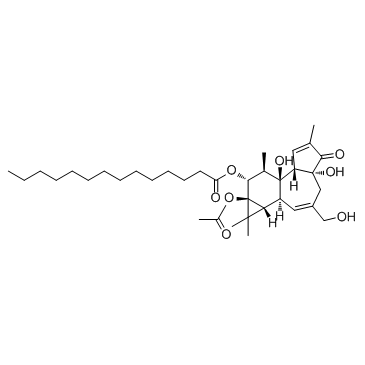| 结构式 | 名称/CAS号 | 全部文献 |
|---|---|---|
 |
丙酮
CAS:67-64-1 |
|
 |
膦酰基乙酸
CAS:4408-78-0 |
|
 |
二(2-羟乙基)亚氨基三(羟甲基)甲烷
CAS:6976-37-0 |
|
 |
毒胡萝卜素
CAS:67526-95-8 |
|
 |
丁酸钠
CAS:156-54-7 |
|
 |
3-甲基腺嘌呤
CAS:5142-23-4 |
|
 |
12-O-十四烷酰佛波醋酸酯-13
CAS:16561-29-8 |
|
![N-[1-(2,3-二油酰氧基)丙基]-N,N,N-三甲基铵甲基-硫酸盐 结构式](https://image.chemsrc.com/caspic/484/144189-73-1.png) |
N-[1-(2,3-二油酰氧基)丙基]-N,N,N-三甲基铵甲基-硫酸盐
CAS:144189-73-1 |